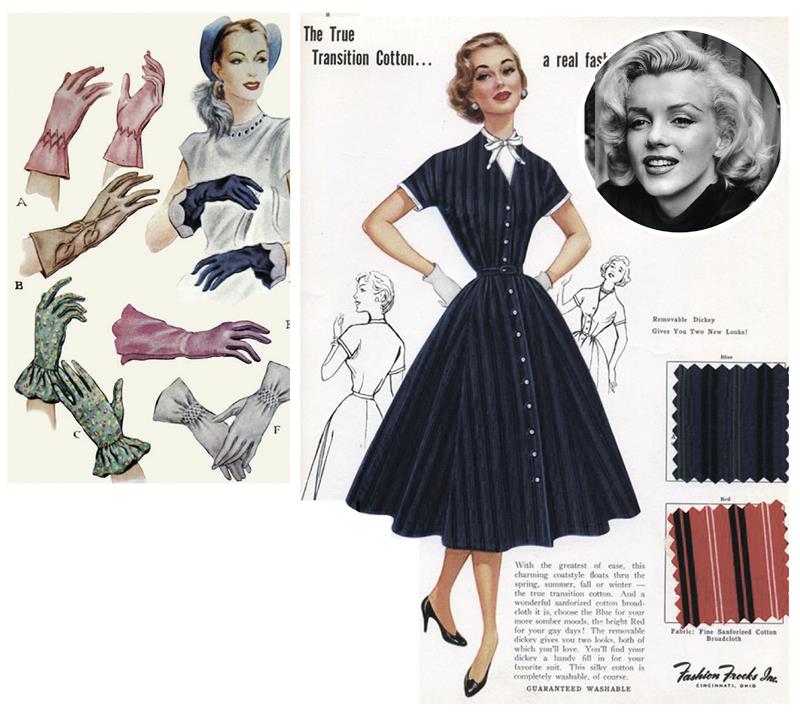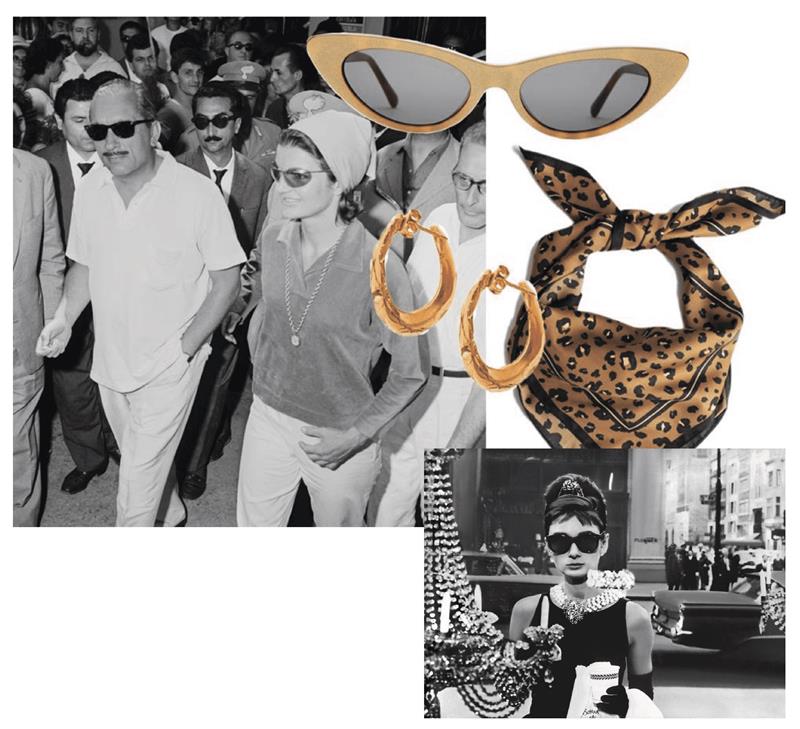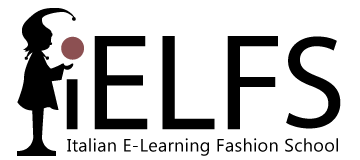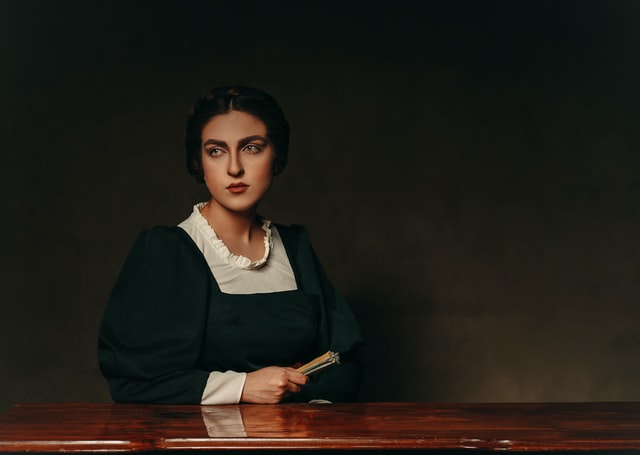
Do you know how Art Nouveau differs from Empire, and Romanticism from Baroque?
The history of fashion and costume is very important to know for anyone who wants to be a stylist or fashion designer in order to take ideas for creating clothes and understand what is relevant today.
Our teacher of the Faculty of Fashion Design has compiled a handy cheat sheet for you on fashion eras and costume history.
Do you want to become a fashion designer?
Study in Italy online at a large discount
Autumn Sale
Baroque (XVI century)
- pretentiousness
- corset
- gold
- an abundance of decor, a lot of embroidery and curlicues
- deep rich colors
- puffy skirts and voluminous sleeves
- heavy fabrics: brocade, velvet

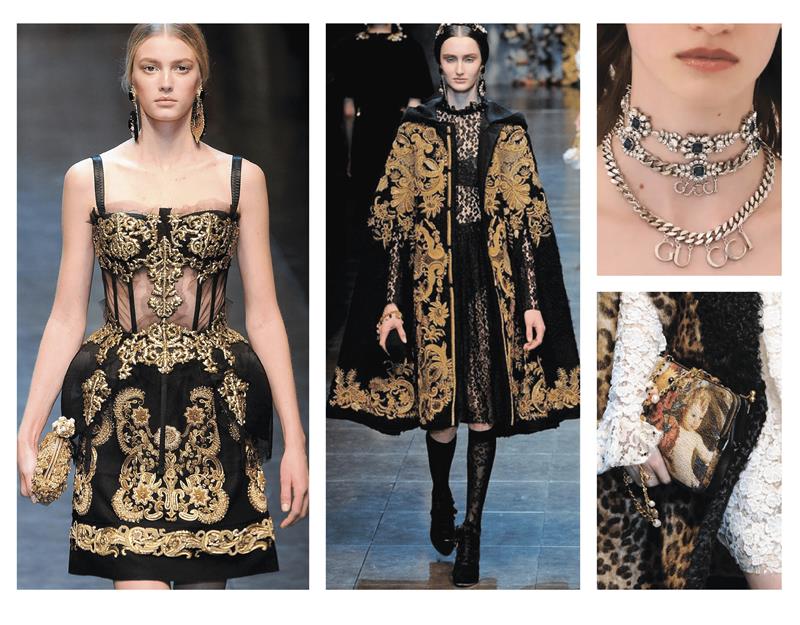
Rococo (mid-18th century)
- bouffant skirts
- neckline
- bows and ribbons
- lace
- pink and blue
- sensuality and fragility
- pink blush
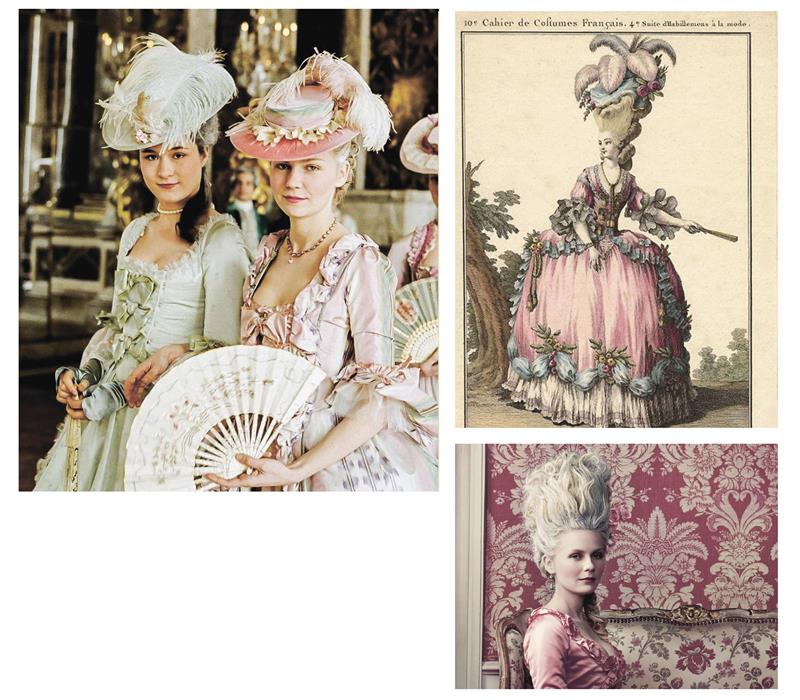
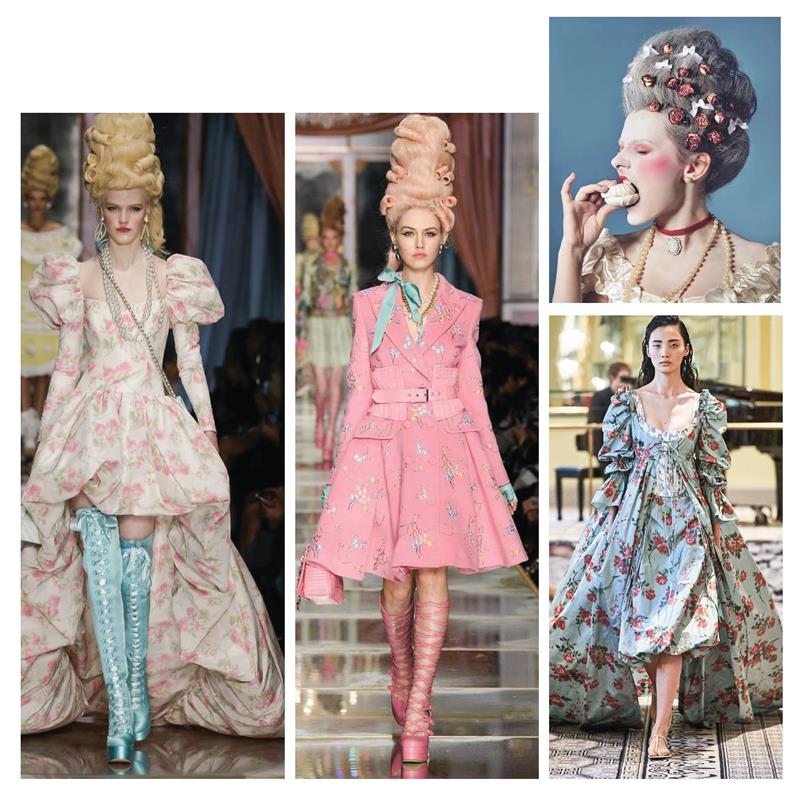
Empire (first third of the 19th century)
- loose tunic dress
- lantern sleeves
- antique hairstyle
- neckline
- high waistline
- light flying transparent fabrics
- romanticism
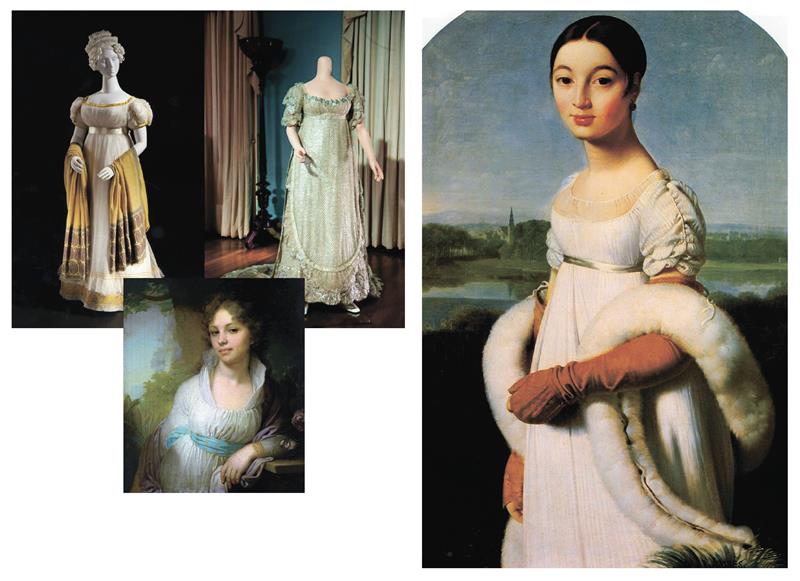

Romanticism (first third of the 19th century)
- skirt bell
- lantern sleeves
- very thin waist
- plaid dresses
- sleeves “lamb ham”
- bandeau hairstyle
- dress amazon
- flowing fabrics
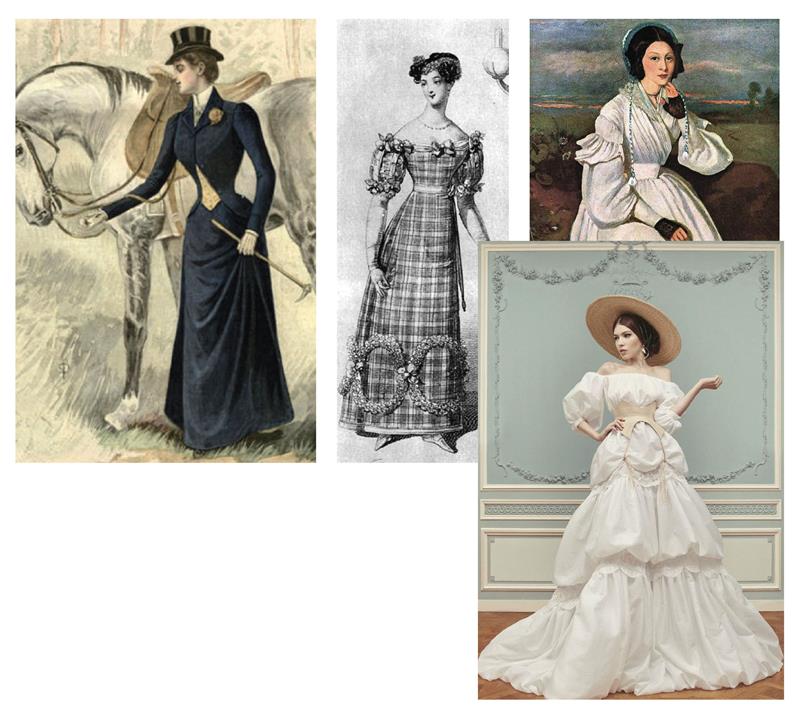
Art Nouveau (late 19th century – early 20th century)
- high collar
- mutton sleeve
- S-shape figure
- big hat
- bell skirt
- stand collar
- umbrella
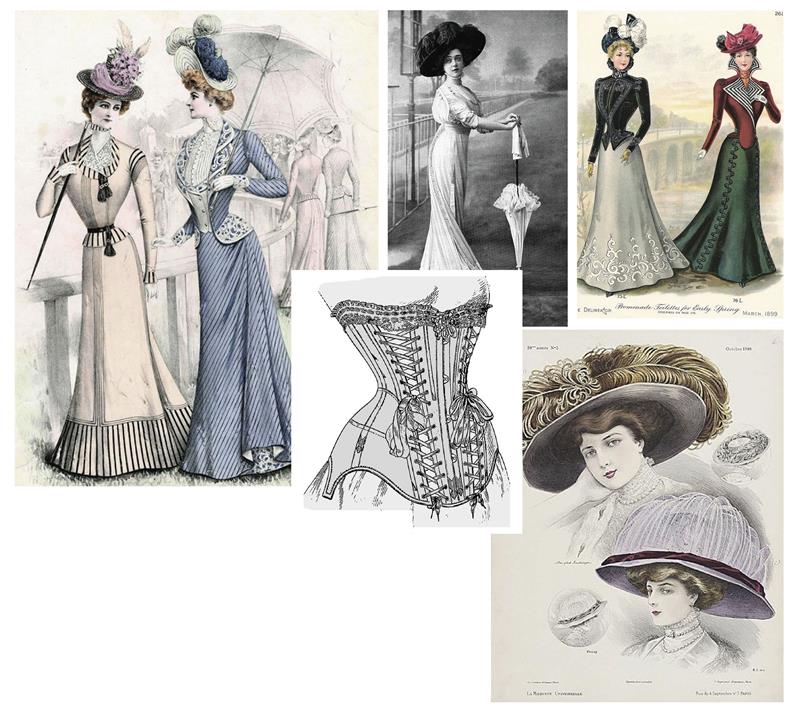
1910s
- high waist
- kimono sleeves
- oriental motifs
- turban
- natural lines without corset
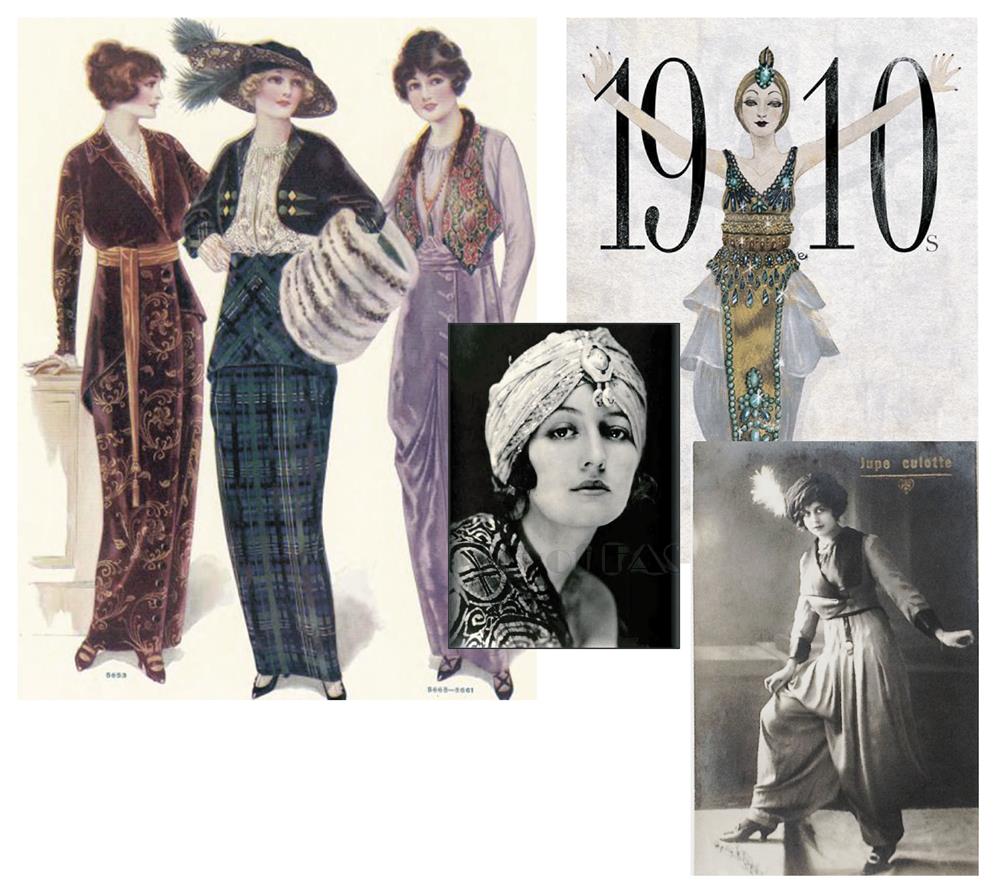
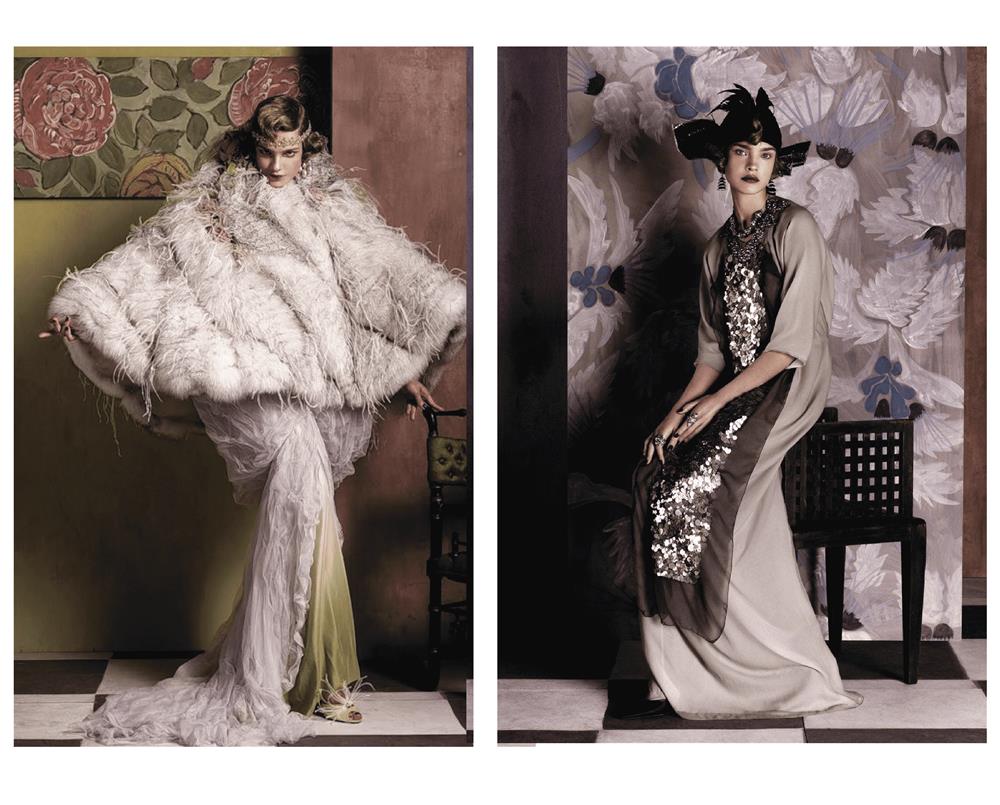
1920s
- silhouette: straight low waist
- silhouette: boyish figure
- finishing: beads, fringe
- knee length
- pleating
- black eyeliner
- sad image
- cloche hat
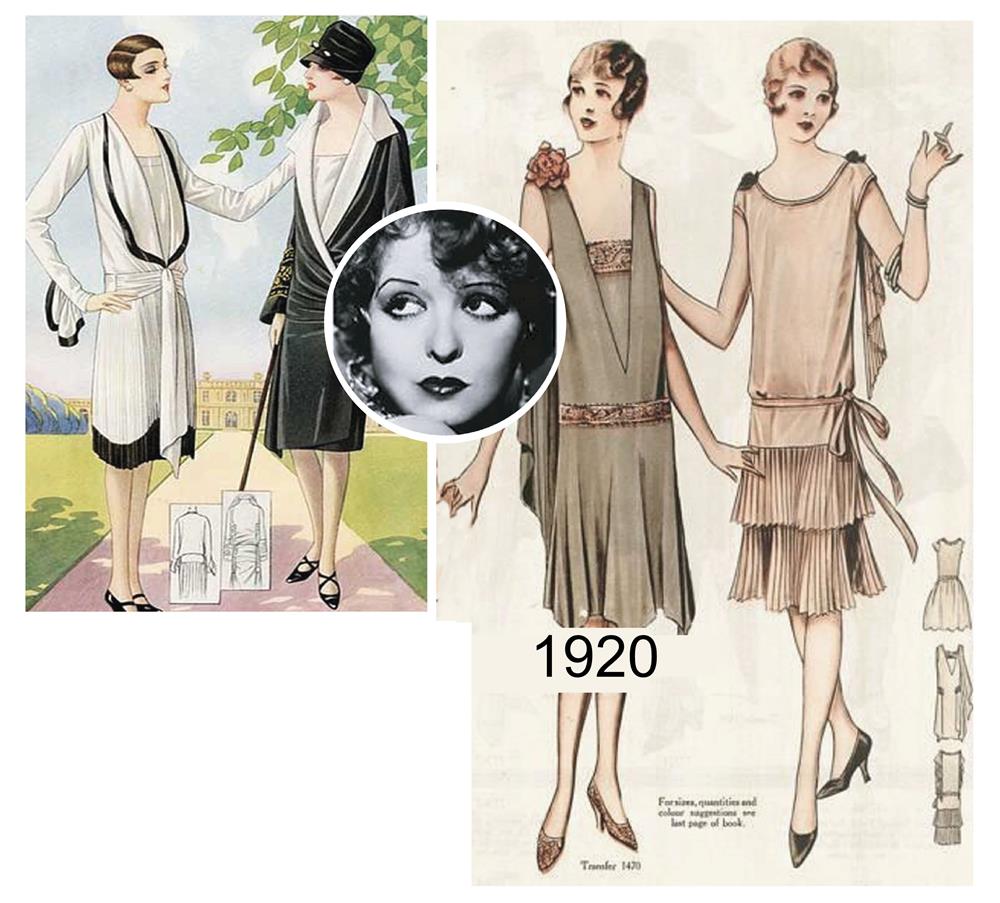
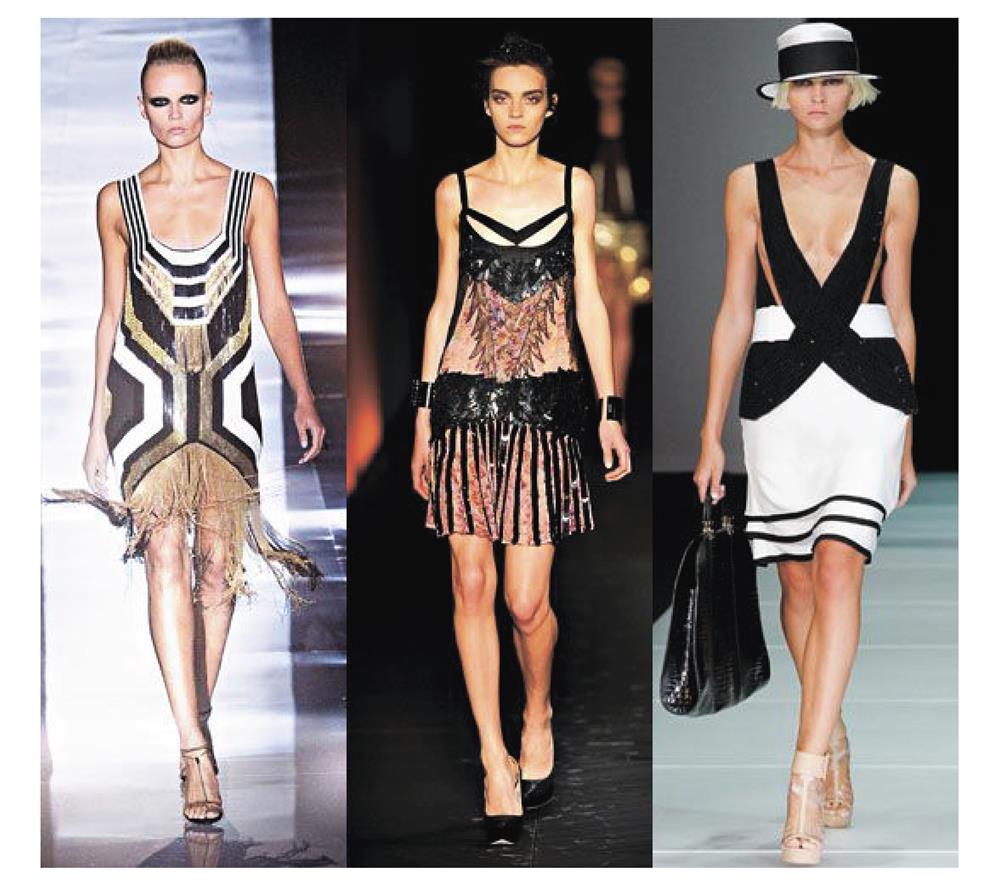
1930s
- silhouette: narrow hips, broad shoulders
- bias cut
- Hollywood chic
- polka dot print
- lantern sleeves
- white collar
- train and neckline
- silk gloves to the elbow
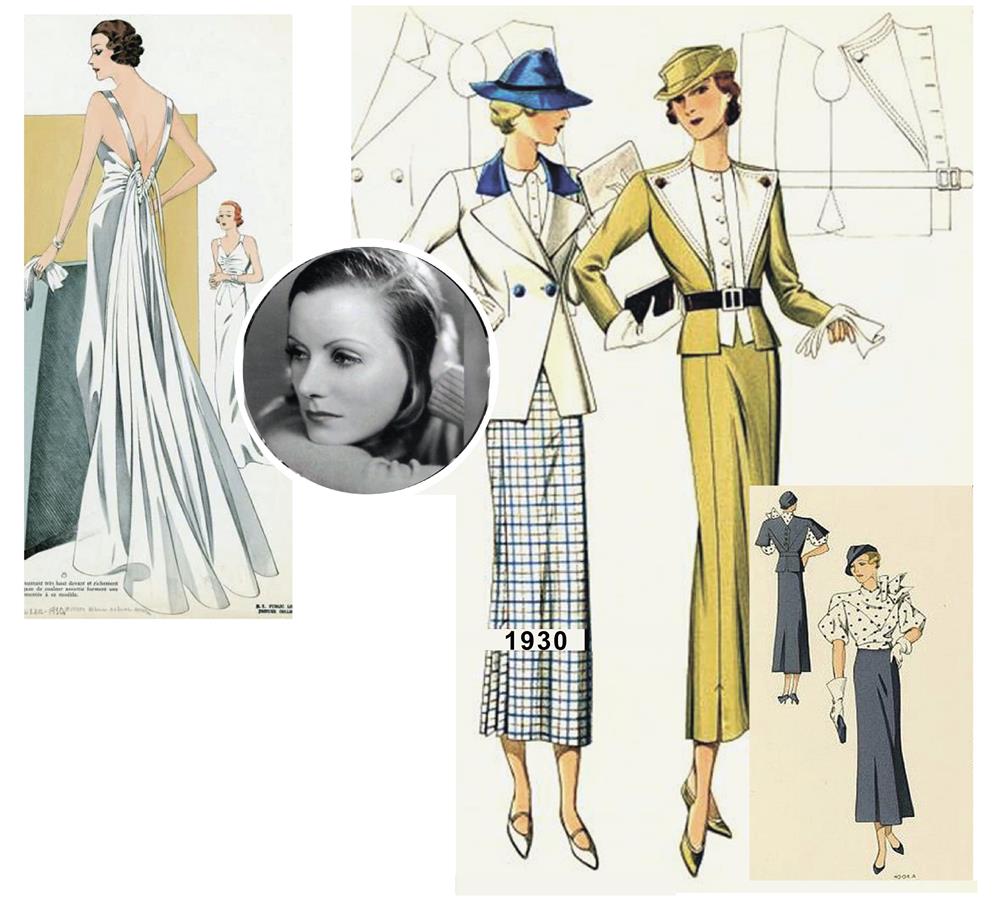
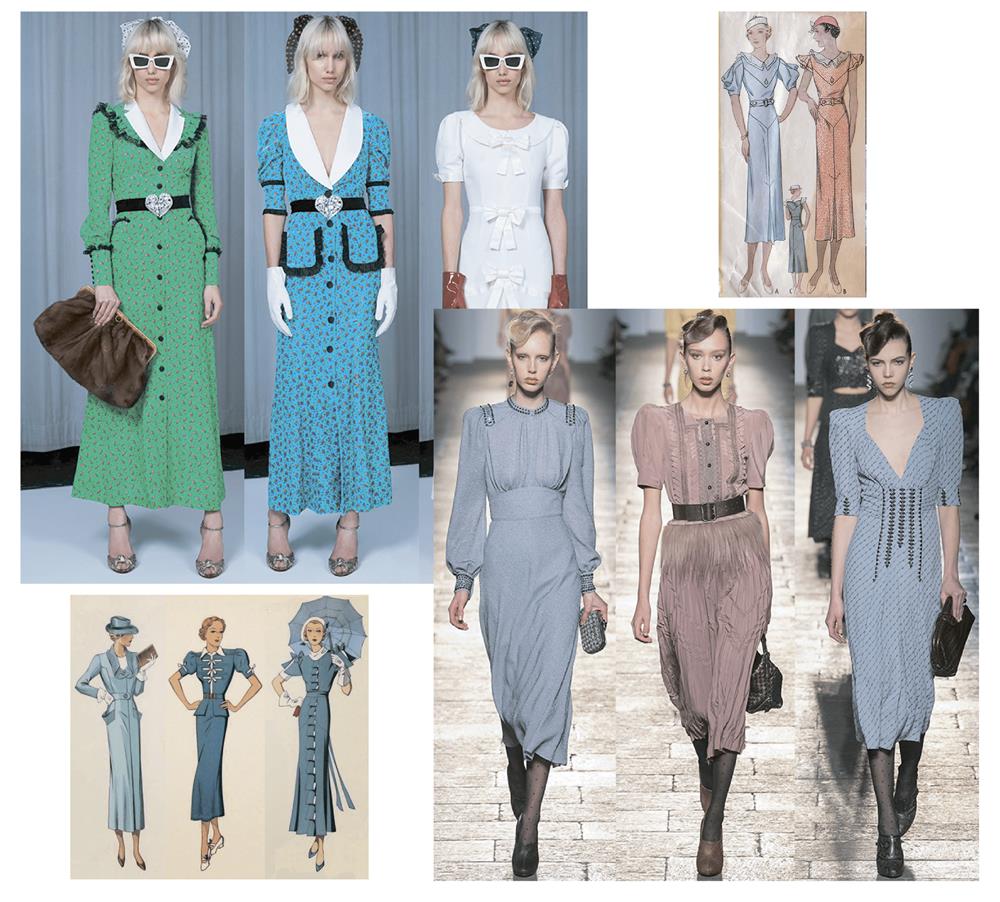
1940s
- silhouette: closer to the rectangle, broad shoulders
- trousers
- knee length
- long jackets
- military jacket
- pencil skirt
- large pockets
- dress shirt
- turban
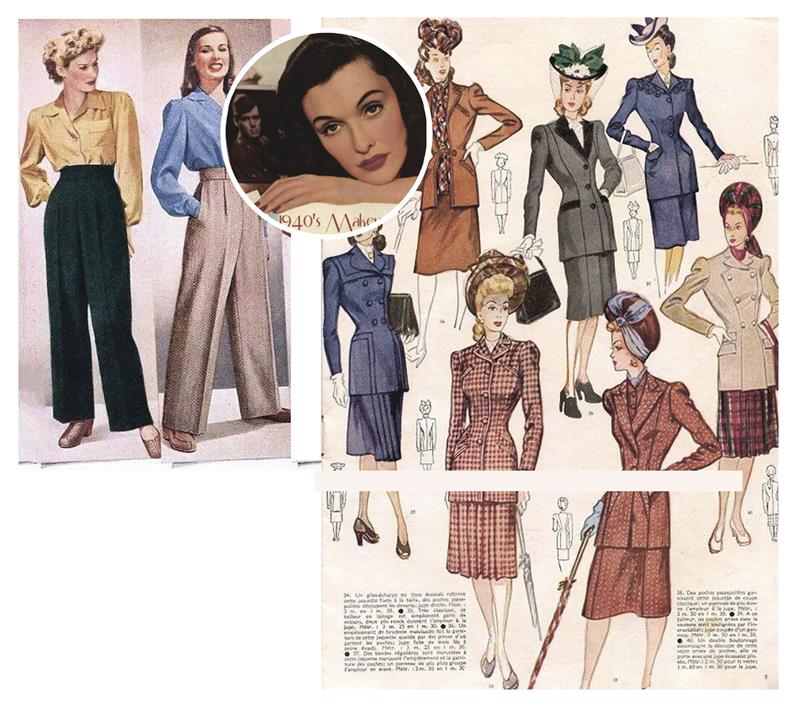
1950s
- silhouette: hourglass
- Chanel suit
- tulip skirt
- neckerchief and gloves
- pearl jewelry
- cropped trousers
- polka dot print
- 3/4 sleeve
